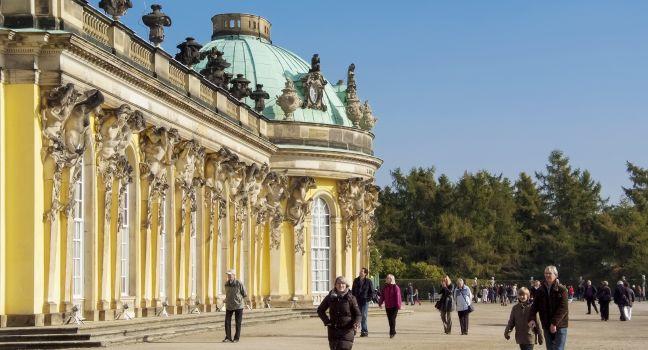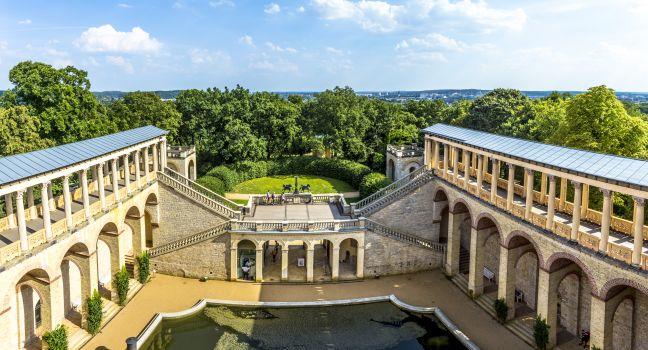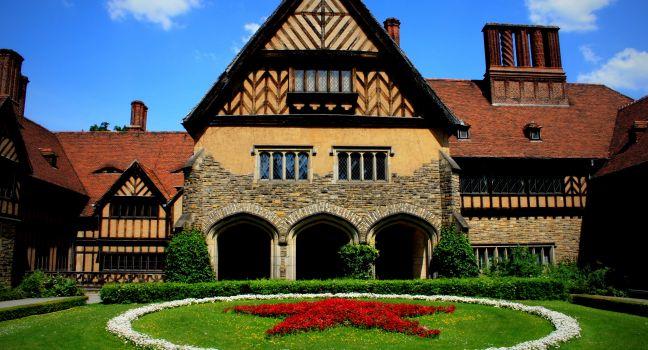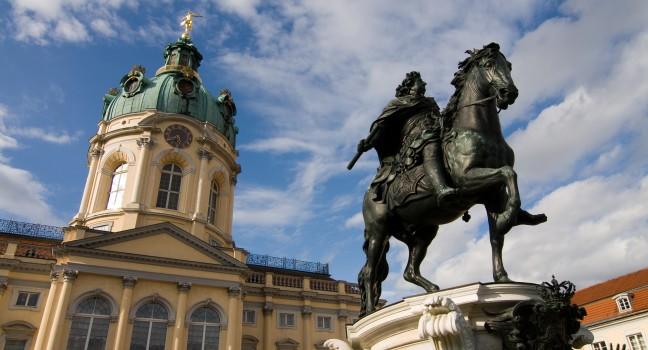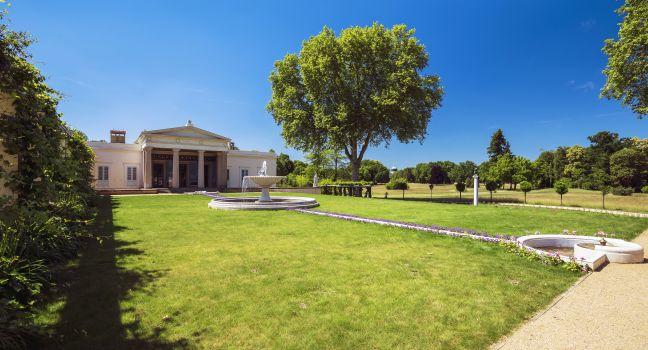Neues Palais
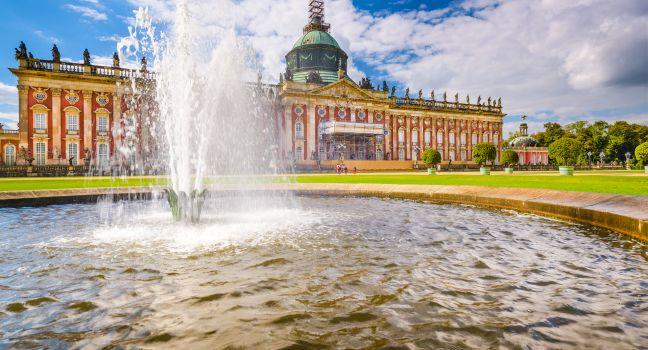
A larger and grander palace than Sanssouci, the Neues Palace stands at the end of the long avenue that runs through Sanssouci Park. It was built after the Seven Years' War (1756–63). Impressive interiors include the Grotto Hall with walls and columns set with shells, coral, and other aquatic decorations. The royals' upper apartments have paintings by 17th-century Italian masters. All visits are at scheduled times when you buy a ticket.
